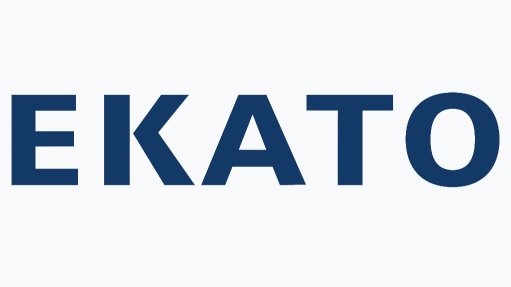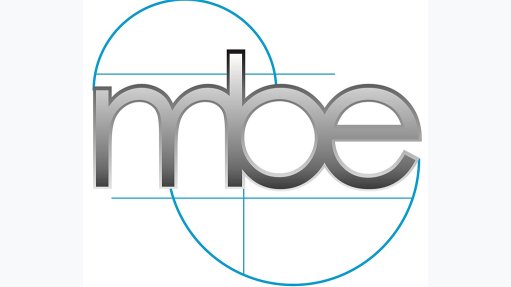HS2022 edition launched
The World Customs Organisation (WCO) announced on January 8 that the seventh edition of the Harmonised Commodity, Description and Coding System (HS) nomenclature, used for the uniform classification of goods traded internationally, had been accepted by all HS Convention contracting parties for introduction on January 1, 2022.
According to the WCO, the new edition – also known as HS2022 – makes some major changes to the HS, with a total of 351 sets of amendments covering a wide range of goods.
First introduced on January 1, 1988, the HS replaced the Brussels Tariff Nomenclature, which itself evolved from the Customs Nomenclature, introduced in 1931 as the first international tariff classification nomenclature.
HS2022’s major features pertain to the recognition of new product streams, while also addressing environmental and social issues of global concern. It includes electrical and electronic waste, which is commonly referred to as e-waste and is an example of a product class that presents significant policy concerns, as well as high-value trade. Thus, HS2022 includes specific provisions for its tariff classification to assist countries in their work under the Basel Convention.
New provisions have also been created for novel tobacco and nicotine-based products, which resulted from the difficulties of the classification of these products, a lack of visibility in trade statistics and the very high monetary value of this trade.
Unmanned aerial vehicles, commonly referred to as drones, also gain their own specific provisions, while smartphones gain their own tariff subheading and note.
Major reconfigurations have been undertaken for the subheadings of Heading 70.19, for glass fibres and articles thereof, and for Heading 84.62, for metal-forming machinery. These changes were effected in view of the fact that the current subheadings do not adequately represent the technological advances in these sectors.
One area which is a focus for the future is the classification of multipurpose intermediate assemblies. Flat-panel display modules will be classified as a product, which will simplify the classification of these modules by removing the need to identify their final use.
Health and safety have also featured in the changes. The recognition of the dangers of delays in the deployment of tools for the rapid diagnosis of infectious diseases in outbreaks has led to changes to the provisions for such diagnostic kits to simplify classification. New provisions for placebos and clinical trial kits for medical research to enable classification without information on the ingredients in a placebos will assist in facilitating cross-border medical research. Cell cultures and cell therapy are among the product classes that have gained new and specific provisions. On a human security level, several new provisions specifically provide for various dual-use items. These range from toxins to laboratory equipment.
Protection of society and the fight against terrorism are increasingly important roles for customs administrations. Many new subheadings have been created for dual-use goods that could be diverted for unauthorised use, such as radioactive materials and biological safety cabinets, as well as for items required for the construction of improvised explosive devices, such as detonators.
Goods specifically controlled under various conventions have also been updated. HS2022 introduces new subheadings for specific chemicals controlled under the Chemical Weapons Convention, for certain hazardous chemicals controlled under the Rotterdam Convention, and for certain persistent organic pollutants controlled under the Stockholm Convention.
At the request of the International Narcotics Control Board, new subheadings have also been introduced for the monitoring and control of fentanyls and their derivatives, as well as two fentanyl precursors.
A new heading note for Section VI and a new Heading 38.27 have also been introduced for gases controlled under the Kigali Amendment of the Montreal Protocol.
Article Enquiry
Email Article
Save Article
Feedback
To advertise email advertising@creamermedia.co.za or click here
Comments
Press Office
Announcements
What's On
Subscribe to improve your user experience...
Option 1 (equivalent of R125 a month):
Receive a weekly copy of Creamer Media's Engineering News & Mining Weekly magazine
(print copy for those in South Africa and e-magazine for those outside of South Africa)
Receive daily email newsletters
Access to full search results
Access archive of magazine back copies
Access to Projects in Progress
Access to ONE Research Report of your choice in PDF format
Option 2 (equivalent of R375 a month):
All benefits from Option 1
PLUS
Access to Creamer Media's Research Channel Africa for ALL Research Reports, in PDF format, on various industrial and mining sectors
including Electricity; Water; Energy Transition; Hydrogen; Roads, Rail and Ports; Coal; Gold; Platinum; Battery Metals; etc.
Already a subscriber?
Forgotten your password?
Receive weekly copy of Creamer Media's Engineering News & Mining Weekly magazine (print copy for those in South Africa and e-magazine for those outside of South Africa)
➕
Recieve daily email newsletters
➕
Access to full search results
➕
Access archive of magazine back copies
➕
Access to Projects in Progress
➕
Access to ONE Research Report of your choice in PDF format
RESEARCH CHANNEL AFRICA
R4500 (equivalent of R375 a month)
SUBSCRIBEAll benefits from Option 1
➕
Access to Creamer Media's Research Channel Africa for ALL Research Reports on various industrial and mining sectors, in PDF format, including on:
Electricity
➕
Water
➕
Energy Transition
➕
Hydrogen
➕
Roads, Rail and Ports
➕
Coal
➕
Gold
➕
Platinum
➕
Battery Metals
➕
etc.
Receive all benefits from Option 1 or Option 2 delivered to numerous people at your company
➕
Multiple User names and Passwords for simultaneous log-ins
➕
Intranet integration access to all in your organisation














